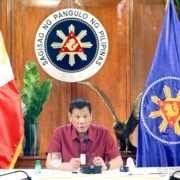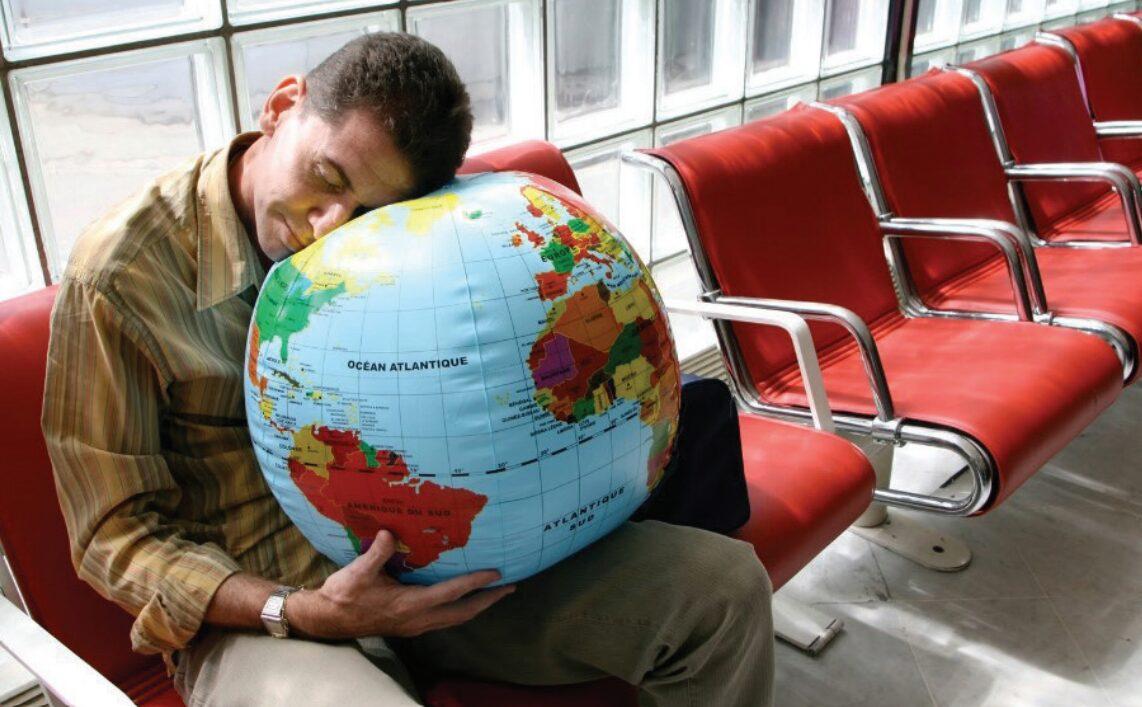
President Rodrigo Roa Duterte approved the recommendation Thursday, May 28, of the Inter-Agency Task Force for the Management of Emerging Infectious Diseases (IATF-EID) easing the restriction in the National Capital Region (NCR) from Modified Enhanced Community Quarantine (MECQ) to General Community Quarantine (GCQ).
In a televised public address, President Duterte said Metro Manila will be placed under GCQ starting June 1. Other regions that will be under GCQ include Cagayan Valley, Central Luzon, Calabarzon and Pangasinan and Albay provinces.
Davao City will remain under GCQ while the rest of the country will be placed under MGCQ.
Despite the loosening up of restrictions, the President clarified that the status in some areas will be determined depending on their ability to manage the COVID-19 crisis in their locality.
“In other areas, it will be again on a piecemeal basis depending on the viability of the place to meet the challenges of COVID. From time to time [Presidential Spokesperson] Secretary Harry Roque would give us the places where there will be changes,” President Duterte said.
“Remember that the nation is still — the entire nation is still under quarantine. Let us move to the so-called ‘new normal’ as we… Let’s see what develops ahead,” he added.
The President also expressed caution that the gradual relaxation of quarantine measures does not mean the public will be safe from COVID-19, reminding Filipinos to continue abiding safety measures such as wearing of masks, observing physical distancing and frequent hand washing.
“Remember the COVID microbes are still in the air that you breathe, that you pass on to your fellowmen if you are not ready or willing to wear the mask. It is precisely — this is the protection not for you if you do not want it, but for the protection of the other guy,” he said.
By enforcing strict quarantine protocols and health standards, the government seeks to prevent massive COVID-19 outbreak, according to the President.
“So that to prevent a mass contagion, gusto namin putulin kung saan namin maputol to stop it,” he explained. “That is the reason of the essence of the police power of the state, to come up with measures to protect public interest, public health, public safety, lahat nandiyan na ‘yan.”
“That is the job of the President seeing to it that the republic is well guarded and the welfare of the people, it’s the highest concern,” he added.
As the government starts to ease quarantine measures, President Duterte vowed to extend financial assistance and protection to those who lost their source of income.
He also announced plans for the education sector. The President said that the Land Bank of the Philippines will be offering educational loans and has called on schools to come up with staggered payment options.
The President likewise renewed his appeal to lessors not to force rental payments on tenants who are hard-pressed financially amid the current pandemic.
President Duterte also assured the public that the government will shoulder the cost of hospitalization of Filipinos who tested positive for SARS-CoV-2, the virus that causes COVID-19.
The President placed the entire Luzon under Enhanced Community Quarantine (ECQ) on March 16 to contain the contagion. He then approved the easing of restrictions in Metro Manila among other cities from ECQ to MECQ on May 12.
Under the GCQ, modified checkpoints will be implemented to prevent heavy traffic and quarantine passes will no longer be required for residents leaving their houses. However, residents aged 60 and up as well as 21 and below are asked to stay home.
A travel pass is also needed to able to go to other provinces but leisure travels are still prohibited.
Businesses and other establishments are still required to continue abiding minimum health standards and the social distancing rule set by the IATF-EID.
Mass transportation will also be allowed on a limited capacity but bus and jeepney operations are still suspended. Train systems will also be allowed to operate as well as shuttles of private companies, transport network vehicle services, and point-to-point buses.
As of May 28 the Department of Health (DOH) recorded 15,588 cases with 3,598 recoveries and 921 deaths. The bulk of the infections are concentrated in Metro Manila, accounting for 61 percent of the total infections.






